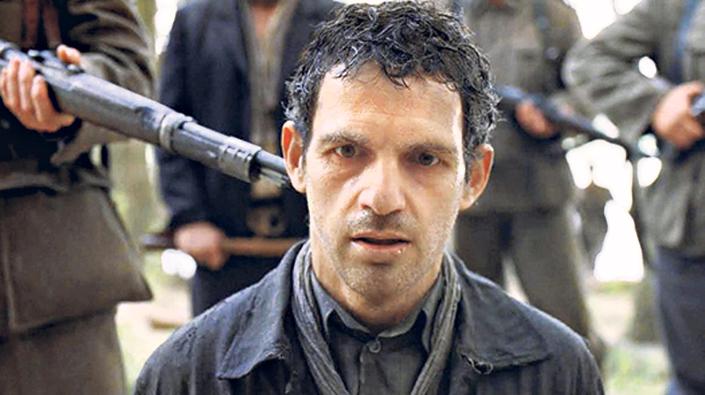
What is more important and timeless than emotions and emotional externalization? Drama, one of the most significant and artistically composite means of sentimental sharing, finds its roots in Athens in the 6th century BC, where the hearty need for emotional expression led to a primary form of theater, which was meant to be a great influence for all of the art kinds throughout the four dimensional continuum.
Thankfully, quite a long time later, the technological flourishing of the fruitful 20th century offered humanity the most intertemporal and overpowering medium that, more than anything else, captures and conveys life’s tragedy and comedy: cinema. From Ingmar Bergman’s sorrowful philosophical contemplations to Yasujirō Ozu’s simplistic depiction of workaday melancholy, the seventh art has always been emotionally stirring and intellectually searching.
This is a list of just 20 films that overflow of manifold emotions. Along the endless length of our history’s sturdy and at once fragile thread, these 20 cinematic creations intersect with our kind, from the most common and multifarious sentimental involvements to the most grim and tearful corners of the world.
20. Show Me Love (1998)
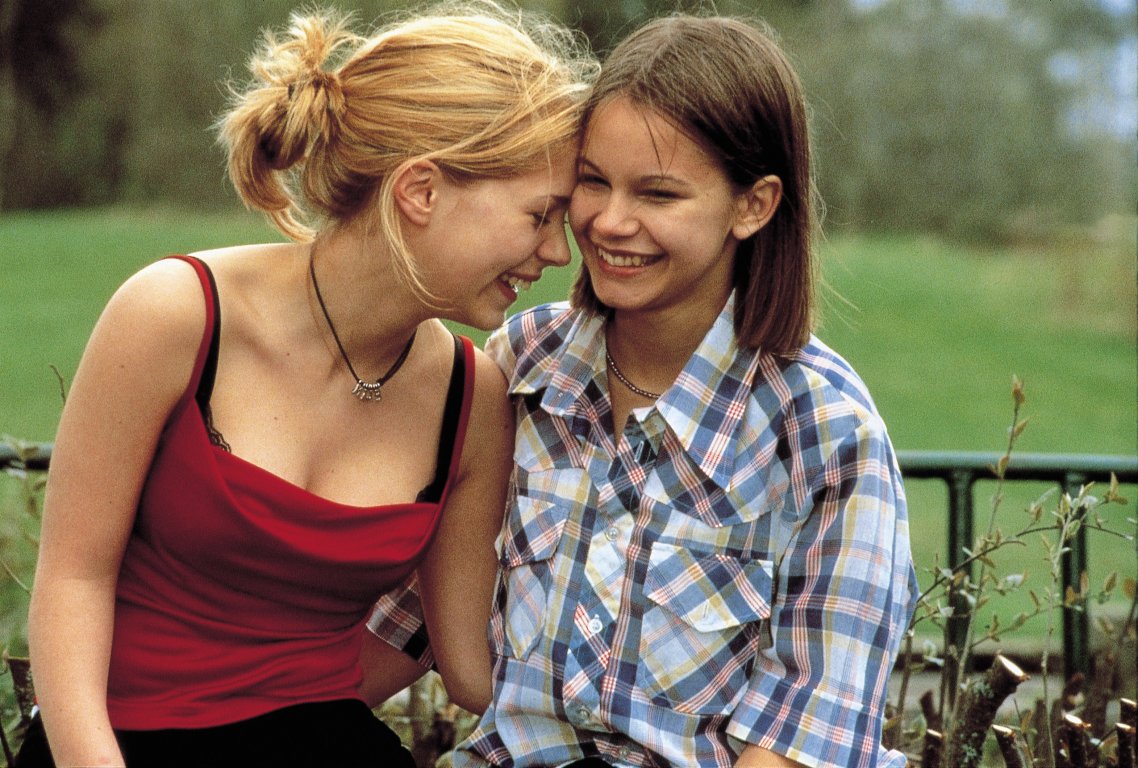
Having the audacity to fulfill a frank and respectful infiltration within the emotionally confused and harsh universe of adolescence, “Show Me Love” displays an unmatched understanding of the sentimental adversities that occur during the search for identity, and even more, during a dead-set defense of personal dissimilarities.
Agnes is essentially solitary and practically excluded by her classmates for being vaguely different. She’s in love with Elin, a beautiful classmate who desperately tries to be outstanding and feels terribly bored in her small provincial hometown. While Agnes stays at home writing about her downtrodden feelings on her computer, all Elin wants is to get high and have fun.
This realistic and down-to-earth story includes many moments of dismay, exasperation and loneliness. On the other hand, it’s a story of awakening, self-respect and development of bonds. Agnes and Elin stepwise come close, accepting each other’s dissimilitude, uniqueness and conventionality.
Swedish director Lukas Moodysson, who has shown his sensitization in relation to the crucial period of adolescence through his work, created real characters and set them in a broad-based environment of the Western world, proving that oftentimes people need to feel similar and unique at the same time. At heart, all they seek is love.
19. Stroszek (1977)

Even from the first few minutes, you know that Werner Herzog’s “Stroszek” will definitely not have a happy ending. It’s one of those films that, instead of bringing tears, make one smile bitterly. It oozes the kind of absolute and inescapable drama that is deep-rooted in the nature of its heroes, whereas every comical incident and moment of joy is there to trick the story’s debased fate. This isn’t one of the German director’s most famous and representative films, but is one of his most horrendous, seminal, and sentimentally exposing works.
When Bruno S. is released from prison, he’s given one simple piece of advice: to stay away from beer. Yet, ordering a beer in a pub is the first thing Bruno does. In this very pub he encounters his ex-girlfriend, a long-serving prostitute, who’s being systematically abused by her promoter. Bruno, together with Eva and a shriveled third-aged friend, decides to make a brand new start quite far away from Berlin’s real inferno: in Wisconsin.
Stepwise, the story reveals Bruno’s tragedy and existential devastation. All he has experienced is abuse and disdain, physically and mentally. Surprisingly, a marginalized man like him knows how to play the piano and the accordion. Music is for him a momentary relief and a way of making a living. However, the demons of his former life are still there: in Berlin, in Wisconsin, and mainly in his soul.
The three main tragic characters in “Stroszek” dream of breaking free from a dishonored life and at once they can’t help yielding to violence and making wrong choices. Inevitably, they find out that life’s degeneracy is not a matter of latitude’s choice – it’s an inextricable ingredient of human nature. Like in real-life tragedies, there isn’t any kind of remediation in this story, just three lonely souls led to an end or an invisible deadlock.
18. The Red Lanterns (1963)
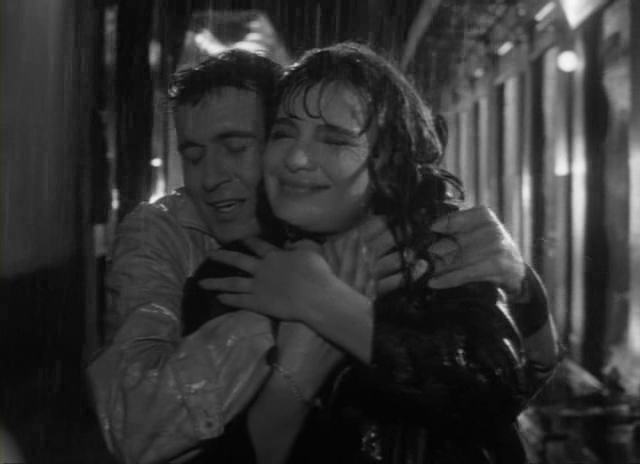
One of the best films ever made in Greece about Greece, “The Red Lanterns” takes us back to the 1960s in Athens, a space-time setting of political oppression and social decay. Director Vasilis Georgiadis attempts this cinematic journey in the shady streets of a legendarily infamous neighborhood, emotionally and comprehensively elaborating on simple people’s abjection, poverty, and deep yearning for compassion, fellowship, and rebound.
This is the story of a typical brothel, following its daily routine and exploring the tortured souls that tamely existed in its spiritual swamp and oblique coercion. In a house of hypocritical delight and vulgar love, five abandoned souls seek fulfilment, meaningful contact, and love. All of them will try to grasp some moments of human pleasure. Not all of them will escape from loneliness forever.
A heartbreaking, real and describing depiction of a dark era, “The Red Lanterns” is a tragic portrait of deprivation and enforced meaningless existence. All of the main characters look for redemption, revealing the graceful dominance of sentimental integrity over physical self-offering. Through its stunning and hearty performances, through its gloomy truths, and moreover, through its simplistic but disheartening dialogue, this film is an all-time great piece of the seventh art.
17. The Broken Circle Breakdown (2012)
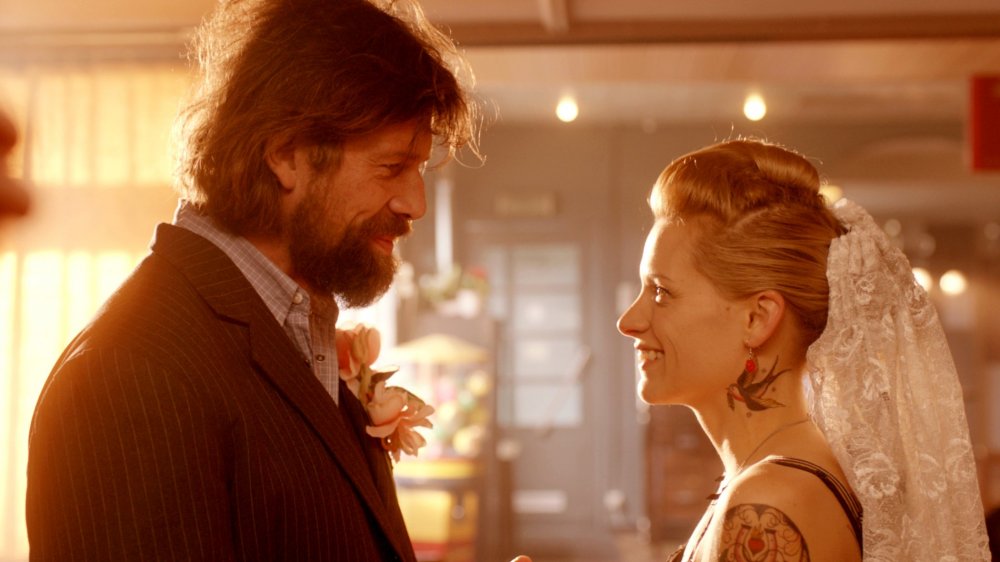
Spiritually moving along the length of this dreary film’s (meant to be broken) circle, an intense dispute of life and religion occupies a vivid mind, while bitter feelings overwhelm a sensitive soul. “The Broken Circle Breakdown” begins with a bluegrass band playing a seemingly happy song. Yet, behind its cheerful melody, the sorrowful words reveal the story’s preconceived but faint dark finale.
Didier is a banjo player for a bluegrass band and lives in a camper. Elise is an independent tattoo artist. They don’t have a lot in common, but they fall in love. As it happens in such situations, they create a world of their own, defined by the individual features and truths that wouldn’t cause disorder to a relationship based on a spontaneous and hearty attraction.
None of them was prepared for a daughter’s unexpected arrival. Despite the resultant tensions, they both love her dearly. However, the occurrence of their child’s unfair fatal illness brings to the surface their fundamentally different worldviews, and step by step, Didier and Elise drift apart and find themselves lost in sorrow and mourning. Each turns to a different spiritual direction in order to deal with such a vital loss, and synthesize a personal mental universe of decompression and comfort.
Through a crescendo of emotional desperation, reflected in the unrivaled score and mainly in the strikingly expressive performances, this is a film that exposes and accepts life’s stiffness. It’s also a film about all those indistinct ideas that divide humanity and all those sentiments that bring humans close.
16. Harakiri (1962)
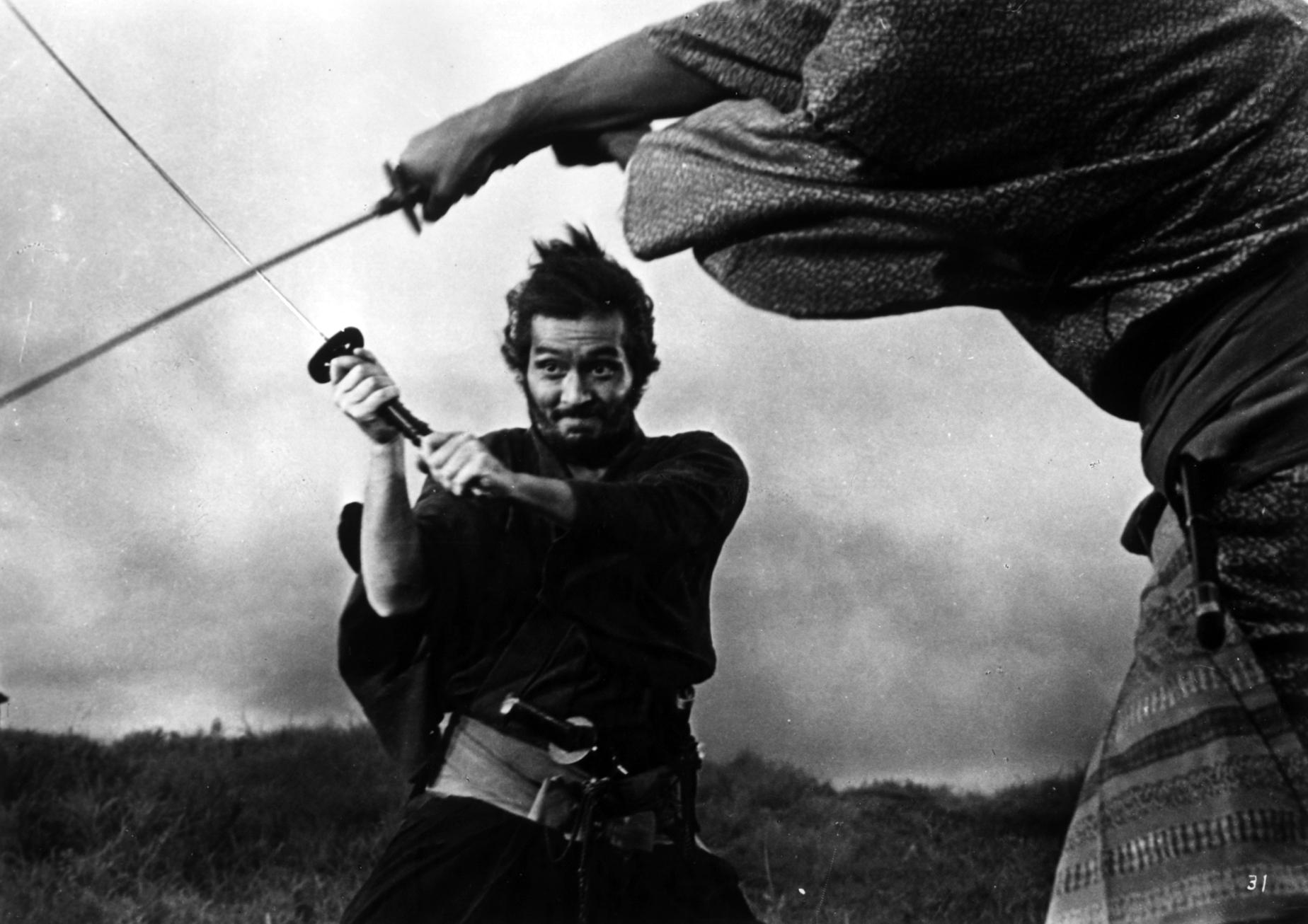
Referring to a quite distant era in the geographically and culturally inaccessible Land of the Rising Sun, “Harakiri” is a visual masterpiece of postwar Japanese cinema that surprisingly depicts many modern and intertemporal characteristics of the Western societies’ structure, organization and hierarchy. Moreover, this epic story makes a remarkable study on the undimmed ethics, a deep-seated sense of pride, and the long-term quest for existential meaning.
In 17th century feudal Japan, being a samurai used to be a great honor. On the other hand, wandering aimlessly as an unemployed samurai for a long period of time was considered as an offense to the Gods and great Lords. In this fashion, Tsugumo, a former exalted samurai appears to a Lord, asking to have the respectful end of a samurai, committing suicide with a blade right in front of him. Yet, the Lord narrates a poignant story of a man’s tormenting and sanguinary ending, which was meant to play a crucial role in Tsugumo’s decisions.
Through this influential work, contextually and cinematographically speaking, Japanese director Masaki Kobayashi evokes multifarious existential agonies, and more substantially, accomplishes a bitter recognition of life’s value. As a poor and innocent man stabs himself various times with a bamboo blade, this primal form of honored and steadfast violence feels like a stab wound in the heart.
15. Moondram Pirai (1982)
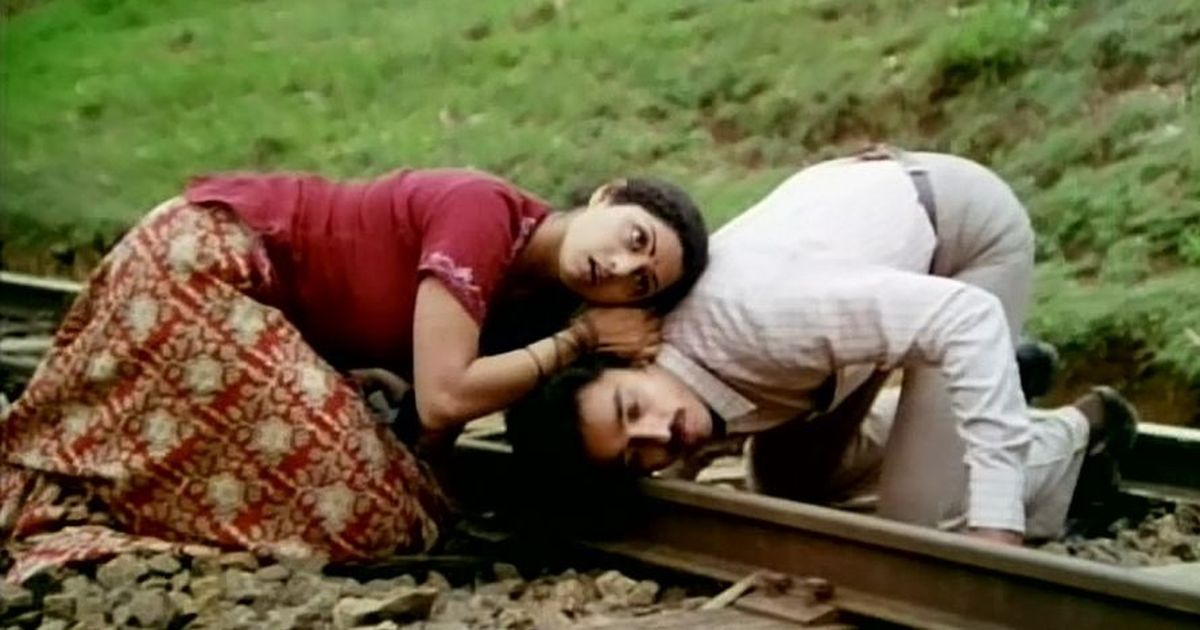
A car accident leaves an unfortunate woman with nothing more than some memories of her childhood. Her puerile mind, synthesized by few chaotic and formless pictures of a distant past, is easily victimized by this world’s demons, which lead the disoriented woman to a form of compelled prostitution. A schoolteacher, however, becomes the one who was meant to save her, love her, and be loved by her.
Balu Mahendra’s “Moondram Pirai” entails a lot more than a romantic involvement. Centering around a tender and fundamentally altruistic relationship, this great piece of Tamil cinema proves that there’s an indivisible constituent in our nature that leads us to graceful, sentimental and humanistic acts. By offering help and generously showing love, the soft-hearted hero of the story shares moments of spiritual indulgence and becomes a receiver of love and tenderness as well.
The remarkable performances of the two leading characters, which are discriminated by a profound pragmatism, express the deterrent power that stands immune against the inherent vices and manifold aspects of humanity’s palatable misuses. During the advancement of their romance, both heroes discover an identity, overcome the comprehensive barriers which restrained them, and leave a vast land of loneliness lying behind them. In specific moments but still in its wholeness, this film is a challenge to one’s emotional limits.